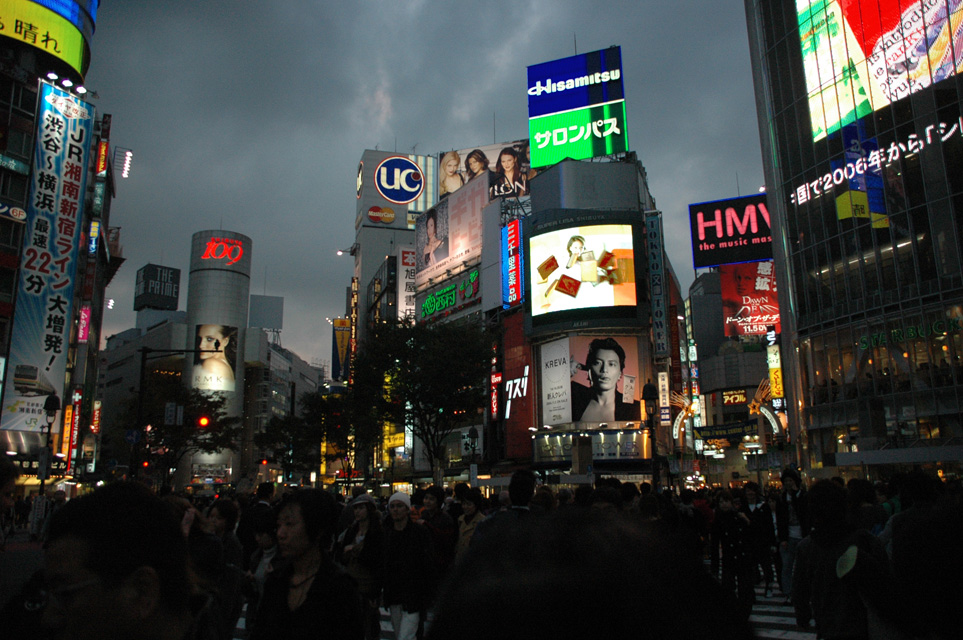Background:
City Council, at its meeting on October 22 and 23, 2007, adopted the staff report, “Sustainable Transportation Initiatives: Short-term Proposals†with amendments. The report contained several proposals for short-term initiatives to improve sustainable transportation in Toronto including pedestrian-focused initiatives. Staff recommended the installation of a pedestrian scramble phase at the Bloor Street/Bay Street and Bloor Street/Yonge Street intersections, and Council amended the report by including the installation at the Yonge Street/Dundas Street and Bay Street/Dundas Street intersections.
The first pedestrian scramble phase intersection will be installed at the Yonge Street/Dundas Street intersection on August 28, 2008 at approximately 11:00 a.m.
A pedestrian scramble phase (also known as the “Barnes’ Dance†or “exclusive pedestrian phaseâ€) gives a walk signal to pedestrians in all directions at the same time while drivers are stopped in all directions. The primary advantage is that pedestrians can cross the intersection safely without any conflicting motor vehicle movements as well as a decrease in the walk time for pedestrians wishing to cross from one corner to the opposite corner.
How the traffic signals will operate:
• Phase A: Pedestrians are allowed to cross north-south east-west as well as diagonally in both directions.
• Phase B: The north-south traffic is given the “green light†on Yonge Street with all pedestrian displays showing DON’T WALK.
• Phase C: The east-west traffic is given the “green light†on Dundas Street with all pedestrian displays showing DON’T WALK.
• At the Yonge Street/Dundas Street intersection, vehicle turning movements will continue to be prohibited; staff, however, will monitor the operation of the intersection and may consider allowing right turns in the future if appropriate.
• There will be accessible pedestrian signals and signs indicating the installation of a pedestrian scramble phase at this location.
• “Traffic Assistants†will be available on-site during the day of implementation to provide guidance to pedestrians on how the signal works.
Issues that may arise are:
• Pedestrian scramble phases can pose difficulty for blind and visually impaired pedestrians who use guide dogs and/or the sound of traffic as cues to cross the intersection. The City has been working with the blind and visually impaired community on this installation and will be providing enhancements to the accessible pedestrian signals.
• An increase in the signal’s cycle length due to the additional phase which can increase pedestrian wait times and vehicle delays.
• Pedestrians may not comply with pedestrian displays. As a result, pedestrian activity will be monitored to determine whether additional measures are required to address any problems.
• An increase in delays for pedestrians who only want to cross one leg of the intersection.
Research was conducted with other jurisdictions that have implemented pedestrian scramble phases. The jurisdictions include California, Florida, Colorado, New Zealand and Australia. They generally reported the following:
• A significant reduction in pedestrian-vehicle collisions.
• An increase in delays by both motorist and pedestrians due to longer signal cycle lengths.
• An increase in pedestrian violations due to longer wait times especially during the parallel vehicle green indication.
What I don't understand is if there is an
increase in pedestrian violations due to longer wait times, how does that translate into a
significant reduction in pedestrian-vehicle collisions?






